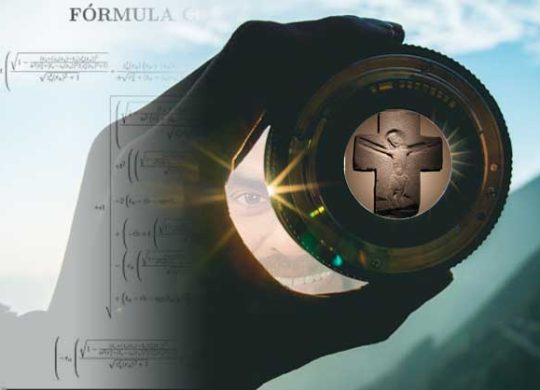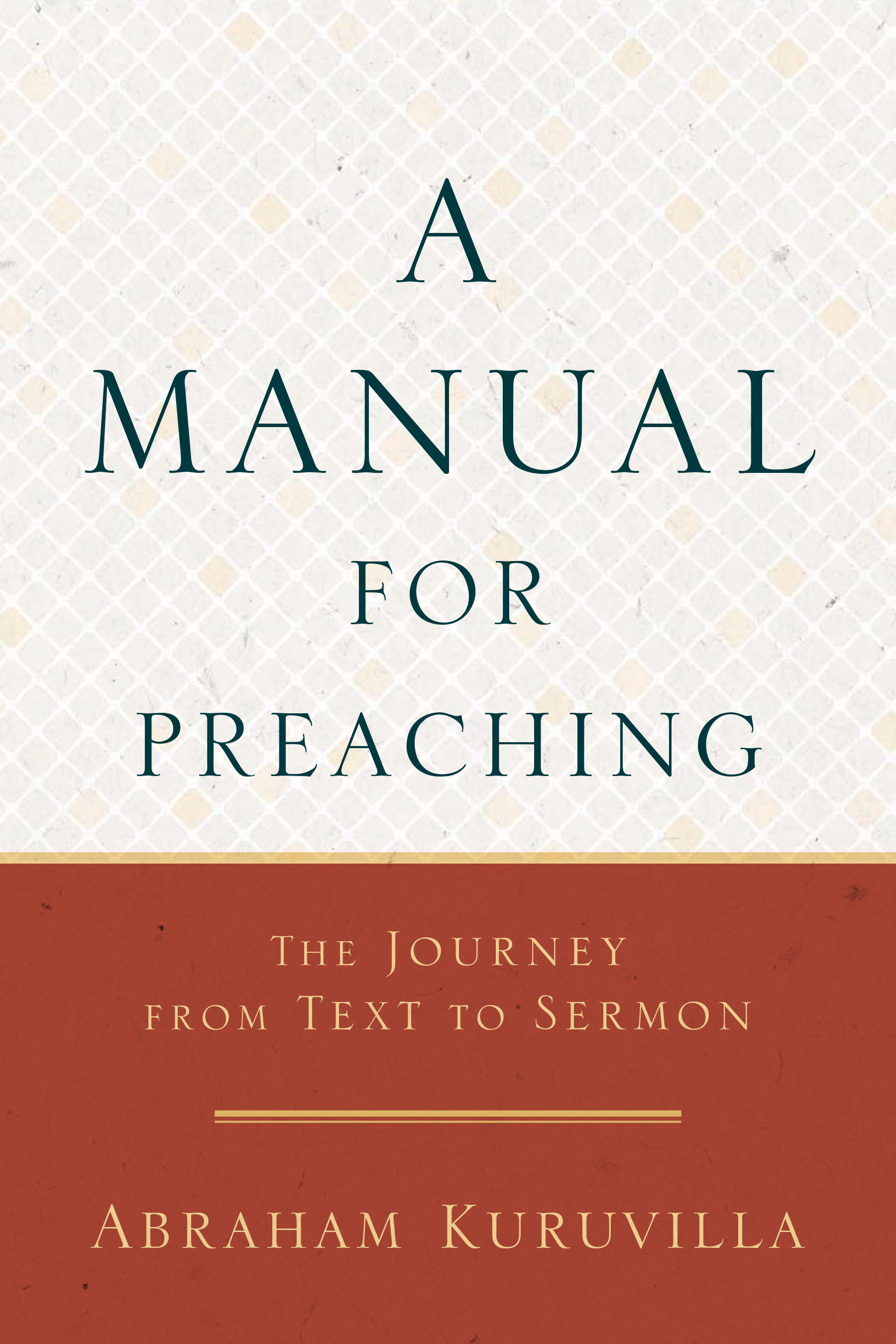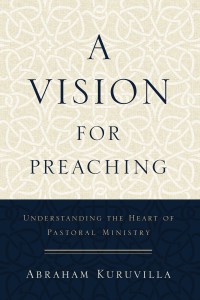See!

This may have happened to you, as you looked through the viewfinder of a camera, or a pair of binoculars, or even through your reading glasses: things are OK at the center, but it’s a bit blurry at the edges.
It’s really not the fault of the lensmaker. Blame Greek mathematician Diocles (c. 240 BC–c. 180 BC) who postulated the problem—the spherical nature of lens surfaces and the difference in refraction between centers and edges of said lenses.
In a 1690 book, Treatise of Light, astronomer Christiaan Huygens explains how geniuses Isaac Newton (1642–1726) and Gottfried Leibniz (1646–1716) had tried but failed to solve the problem.
Inability to resolve the issue occurred to two prominent Geometricians, Messieurs Newton and Leibnitz, with respect to the problem of the figure of glasses for collecting rays when one of the surfaces is given.”
This was a real problem for glasses, telescopes, binoculars, cameras, microscopes, and stuff.
In 1949, an approximation was arrived at, using aspheric adjacent surfaces to correct the spherical aberration. But it was not really solving the problem, only correcting it with a kinda brute force.
So everyone kept trying.
Fast forward to 2018.
A few enterprising PhD students at the Instituto Tecnologico y de Estudios Superiores de Monterrey, Mexico, decided enough was enough.
After months of working on solving the problem, Rafael González-Acuña recalls:
I remember one morning I was making myself a slice of bread with Nutella, when suddenly, I said out loud: ‘Mothers! It is there!’”
[What he said was ¡Madres! equivalent to the Greek εὐρήκα, “Eureka!”]
The guy runs to his computer, taps a bunch of keys—lots of keys—and sees that the solution works. He confessed:
I jumped all over the place!”
[That’s all well and good. What I want to know is: Did Acuña finish his Nutella sandwich?]
He and his compatriots found that his solution had an efficiency and accuracy of 99.9999999999%.
[Which is good for the vast tribe of YouTube lens reviewers who can still argue about errors of 0.0000000001% between lenses!]
In any case, now, after 2,000+ years, we have: Rafael González-Acuña, Héctor Chaparro-Romo, and Julio Gutiérrez-Vega, “General Formula to Design Freeform Singlet Free of Spherical Aberration and Astigmatism,“ Applied Optics 58.4 (2019): 1011–1015.
In this equation we describe how the shape of the second aspherical surface of the given lens should be given a first surface, which is provided by the user, as well as the object-image distance. The second surface is such that it corrects all the aberration generated by the first surface, and the spherical aberration is eliminated.”
Amen to all that and the inscrutable equations that I couldn’t make head or tail of. I’m glad one thorny problem of the last two millennia has been solved. I wish González-Acuña, Chaparro-Romo, and Gutiérrez-Vega a long life.
[And I’d invite these guys to tackle the Israel-Palestine problem next!]
But we still see poorly!
I pray that the eyes of your heart may be enlightened ….
Ephesians 1:18
Eyes of the heart! The eyes of faith.
For we walk by faith, not by sight!
2 Corinthians 5:7
To hear with my heart,
To see with my soul,
To be guided by a hand I cannot hold,
To trust in a way that I cannot see,
That’s what faith must be.
Michael Card (1994)
For now we see in a mirror dimly, but then face to face;
now I know in part, but then I will know fully ….
1 Corinthians 13:12
One day, soon and very soon, no more lens aberrations!
SOURCES:
Petapixel; Instituto Tecnologico y de Estudios Superiores de Monterrey











 Abe Kuruvilla is the Carl E. Bates Professor of Christian Preaching at The Southern Baptist Theological Seminary (Louisville, KY), and a dermatologist in private practice. His passion is to explore, explain, and exemplify preaching.
Abe Kuruvilla is the Carl E. Bates Professor of Christian Preaching at The Southern Baptist Theological Seminary (Louisville, KY), and a dermatologist in private practice. His passion is to explore, explain, and exemplify preaching.
2 Comments
3Gabulous! I love it, but like you, do not fully comprehend the clarifying solution. And yet, our “clarifying solution” is a must for our fail. Matt 13:10-17.
Thanks, JJ!